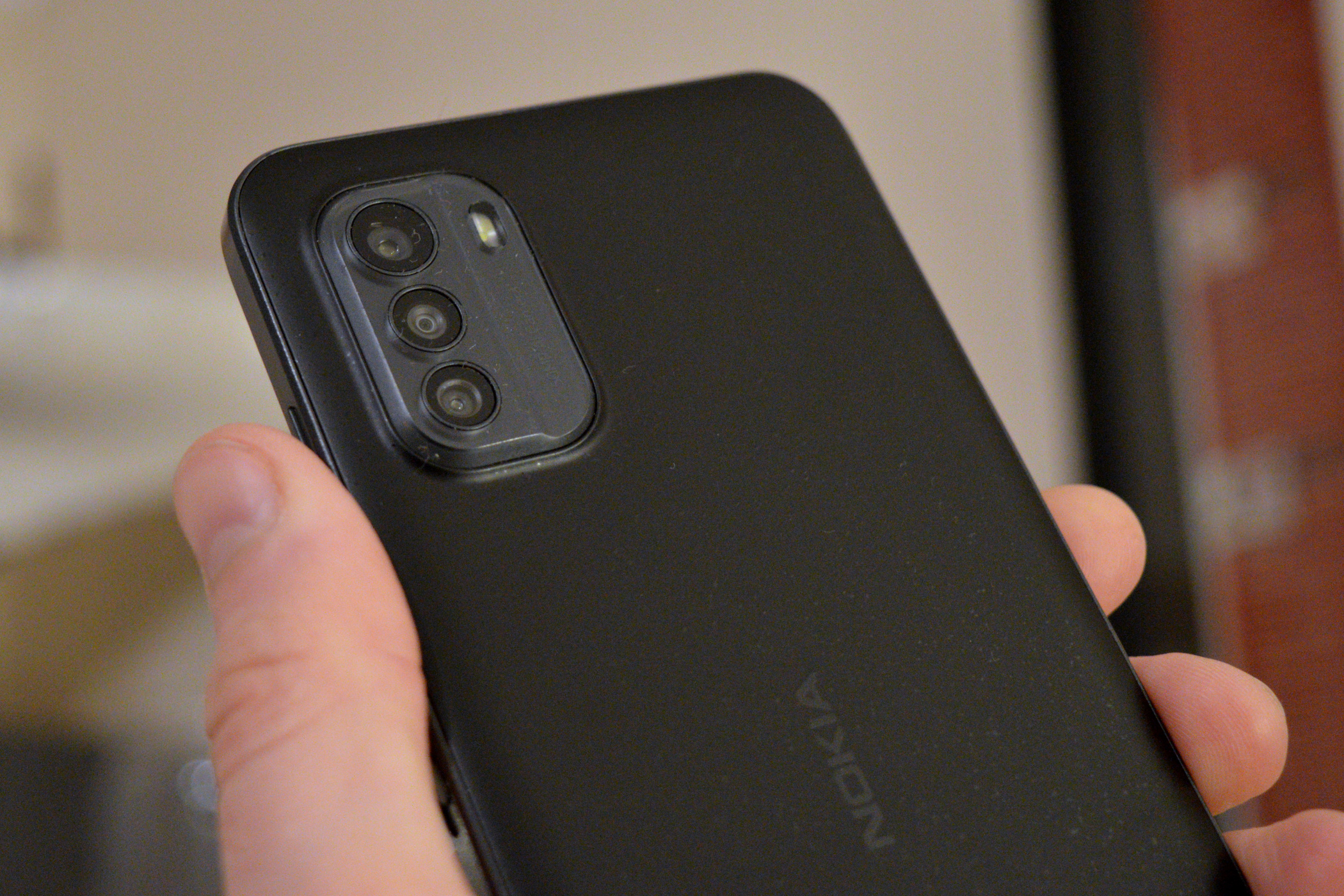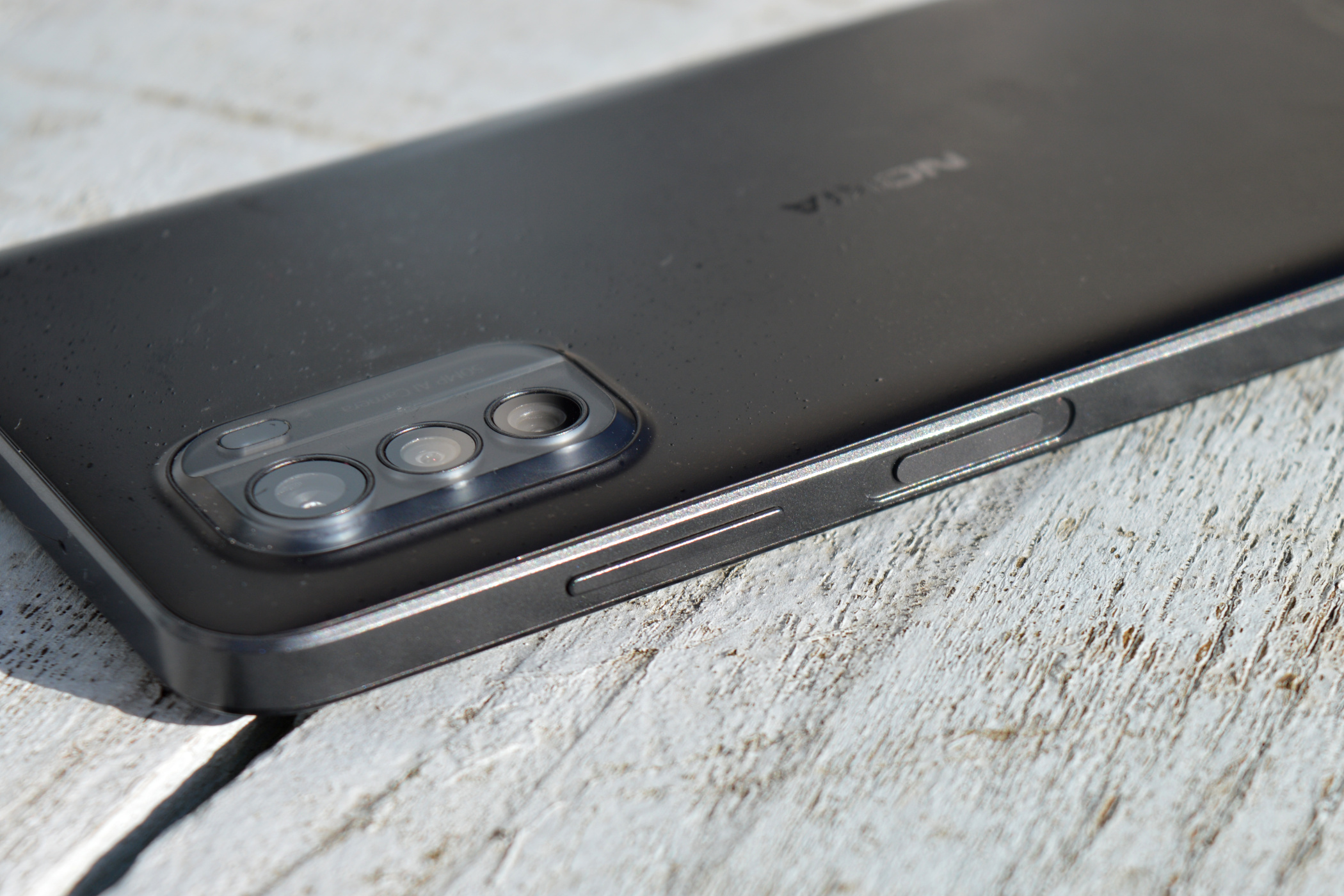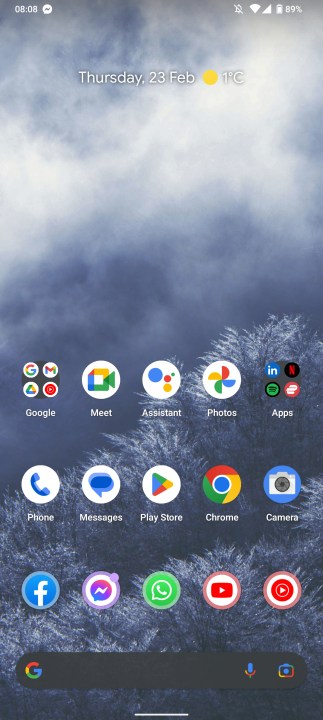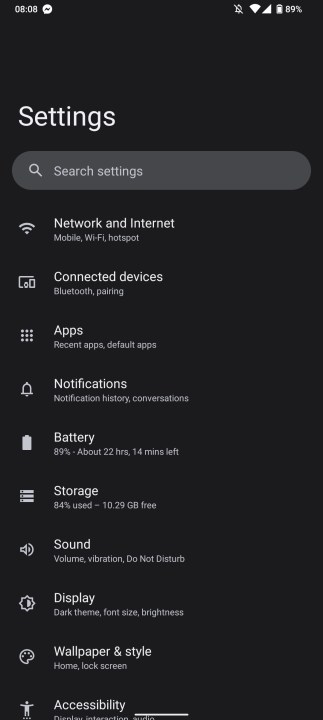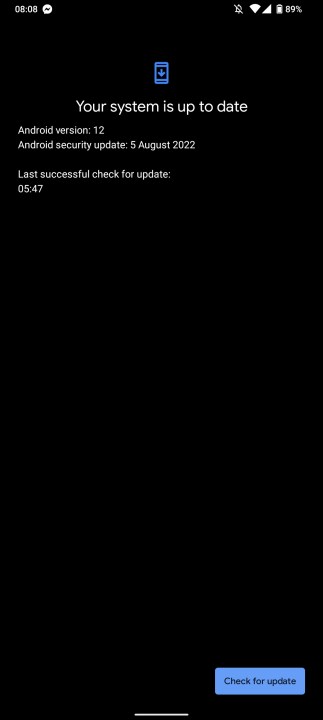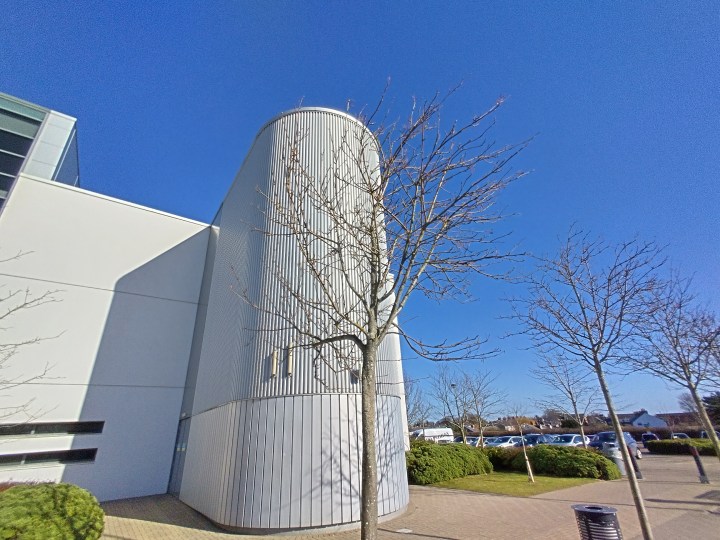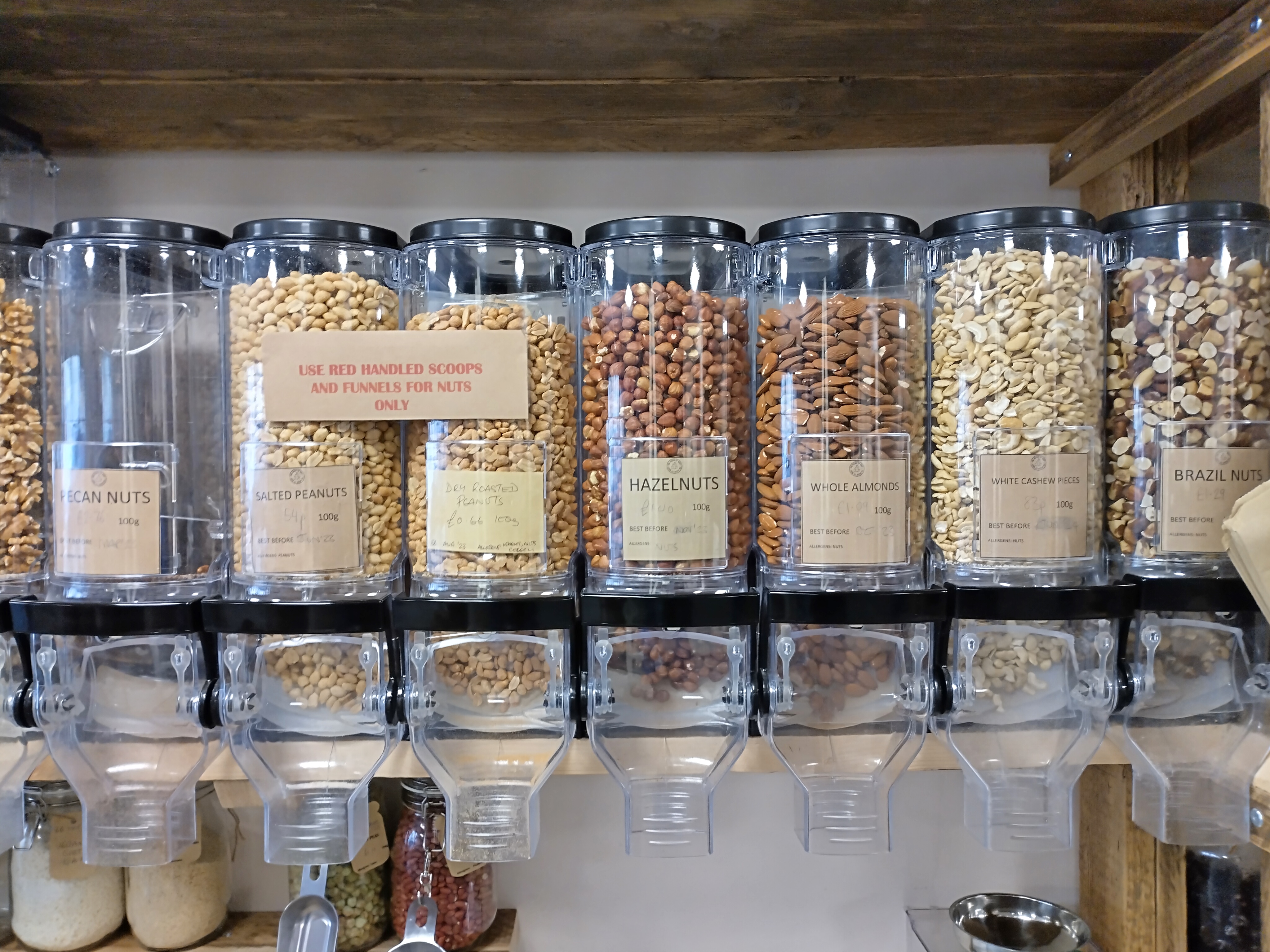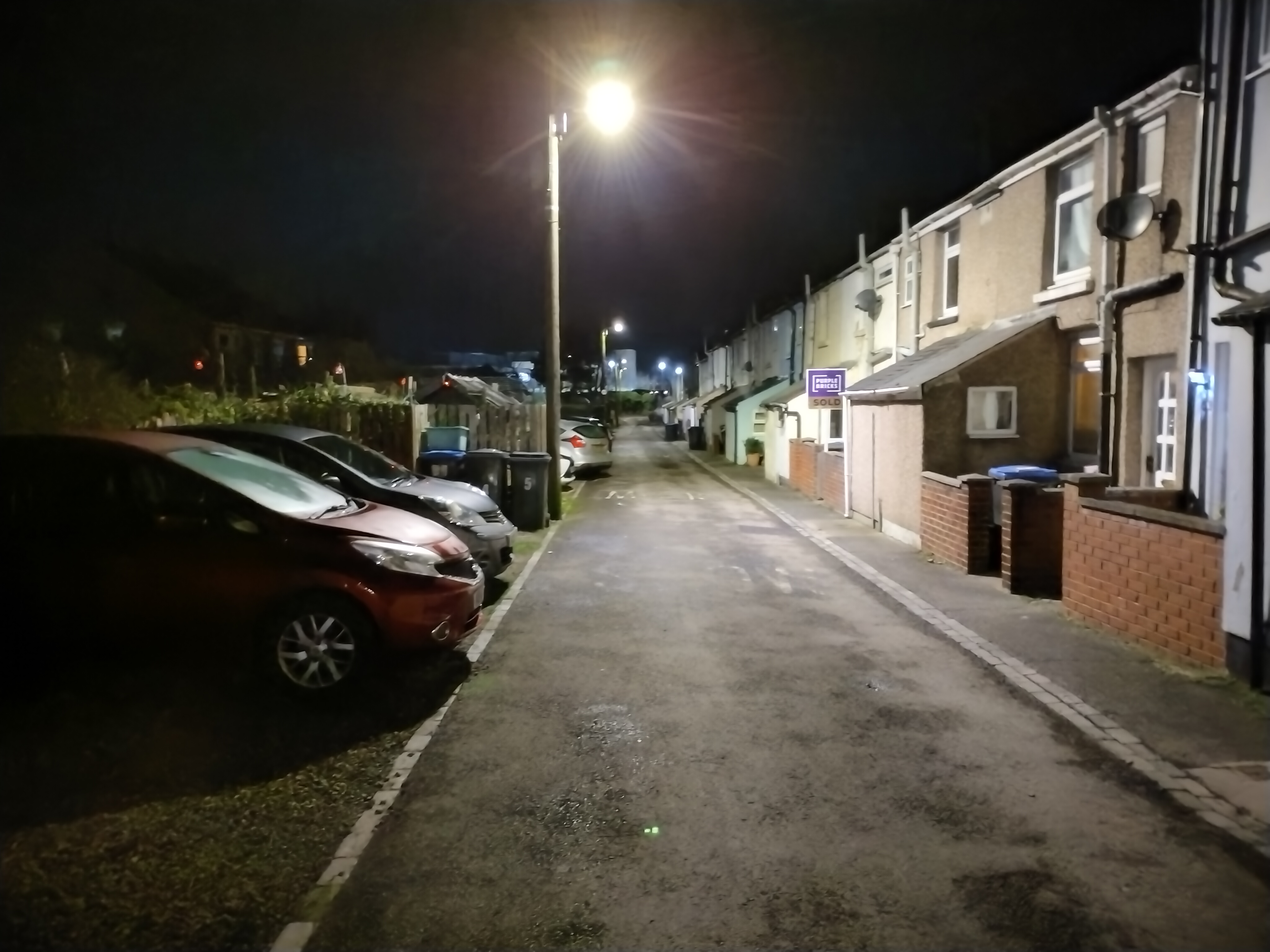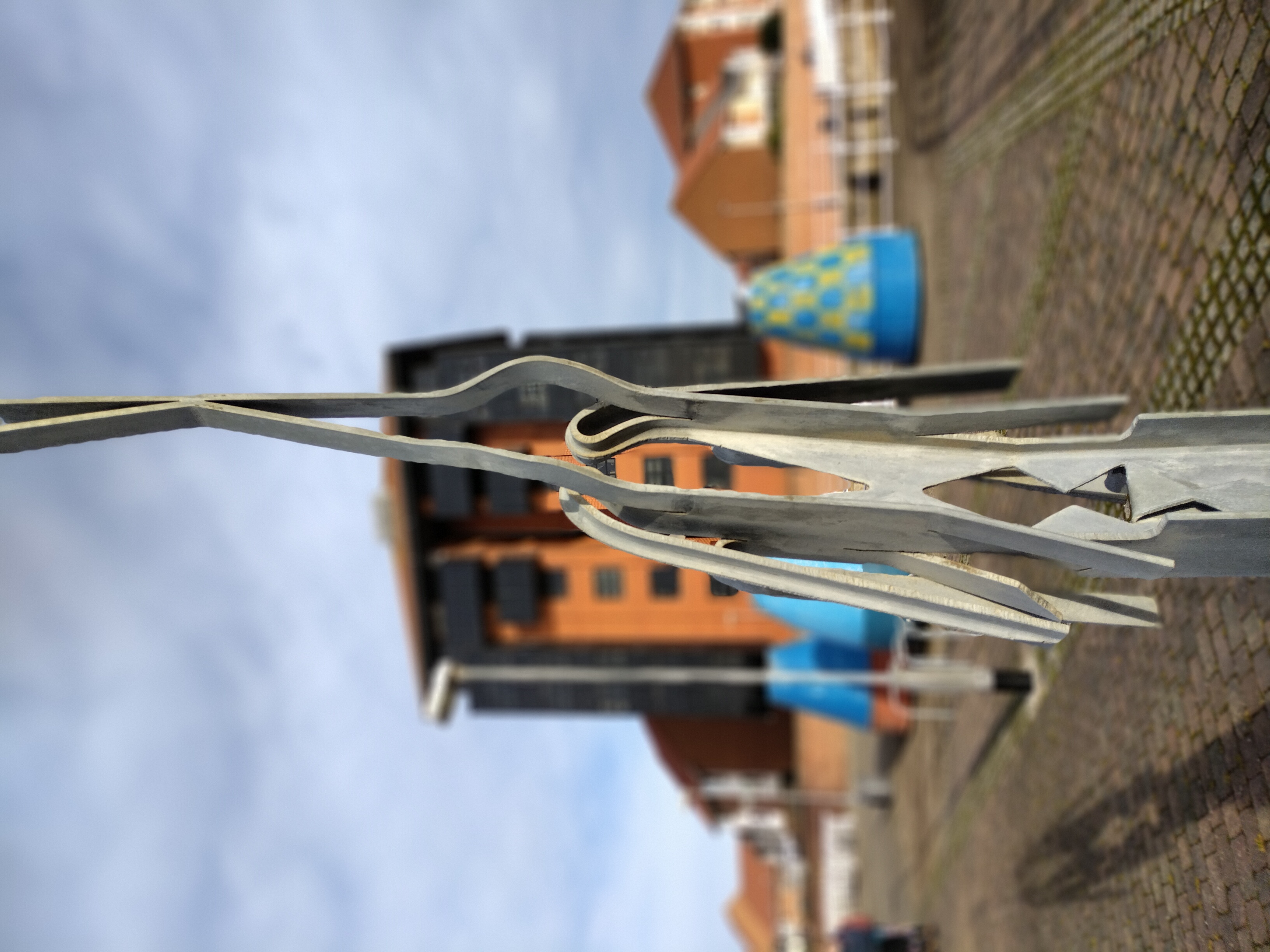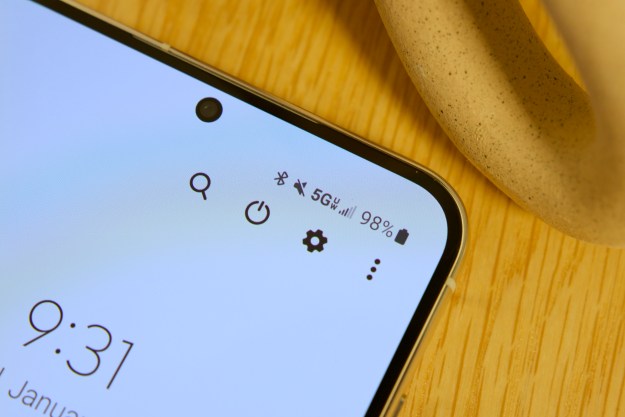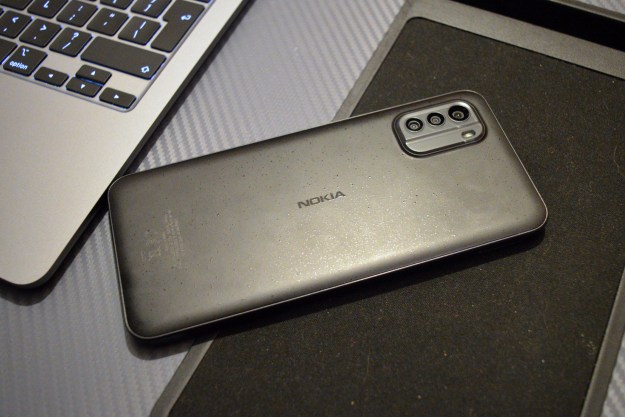
“The Nokia G60 5G is a solid budget phone with an impressive processor and screen. It's not perfect, but it's certainly worth a look.”
- Strong processor
- Good main lens
- Multiday battery life
- 120Hz display
- Buggy software
- Low amount of RAM
- Lack of camera versatility
The budget smartphone market can be a tough place to shop. While there are definitely gems to be found, you’re also bound to come across a lot of duds. Worst of all, it’s not always immediately obvious which is which.
HMD Global has been toiling away in the budget and midrange phone space for some time now and has produced some of our favorite budget phones of recent years under the Nokia label. The Nokia G60 5G is its latest budget offering and offers a lot for the price point. But is it a good phone?
Yes — with some caveats. The Nokia G60 5G has a capable processor, a great display, and a solid camera. But there are some downsides as well, which you’ll want to know about before you buy. The cheap phone market is awash with devices that deliver ups and downs, and the Nokia G60 is no exception. Here’s what you can expect.
About our Nokia G60 5G review
This review was written by Mark Jansen after using the Nokia G60 5G for a month on Vodafone’s U.K. 5G network. The review below is based on that month of use.
Nokia G60 5G: design
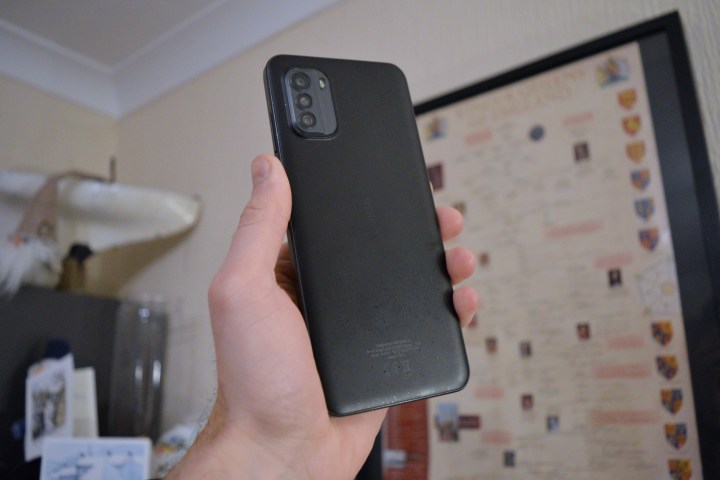
The Nokia G60 certainly starts out strong. The recycled plastic feels solid, and while there’s a substantial weight difference between the Nokia G60 and my Google Pixel 7 Pro, it’s not noticeable unless you directly compare the two.
It’s not a beautiful phone, but it does have its own style and isn’t boring. It’s never going to rival the Samsung Galaxy S23 Ultra in a beauty pageant, but it’s not going to be a phone you’ll be ashamed to be seen with either. Flat edges give it a modern feel, and while there’s a sizable chin at the bottom of the display and wider bezels than on more expensive phones, it still has slim enough bezels to look good. The plastic back panel has a strange speckled texture that I’m not fond of. It looks a bit dirty, and it’s hard to shake that impression.
There’s a USB-C port at the bottom of the phone and a 3.5mm headphone jack. The volume keys and power button are on the right-hand side of the phone, and the power button doubles as a fingerprint sensor. Both are curiously high up on the frame, and this is a problem. The volume keys are prone to being accidentally pushed while in a pocket, making listening to podcasts or music quite difficult. The fingerprint sensor is also way too easy to accidentally push when picking up or holding the Nokia G60 5G, as it’s exactly where I rest my fingers. As a result, I’ve been locked out of using the fingerprint sensor more than on any other phone I’ve ever used. A good case would help to fix both of these problems, by making the buttons harder to press, and adding a raised bezel around the sensor.
You’re definitely going to want a case for other reasons too. The plastic build is durable, but it’s slippery. A case is going to be vital to add grip, and I found myself being extremely careful handling it outdoors. Anything that adds extra grip is vital here, and even a thin gel case would help a lot in that regard. The Nokia G60 5G is splash resistant with an IP52 rating, but nothing more than that.
Everyone loves a bargain, but nobody wants a phone that looks cheap. Thankfully, while there are clear areas the Nokia G60 5G cut corners to save money, the overall impression is a positive one, and it doesn’t leave the phone looking or feeling cheap.
Nokia G60 5G: display
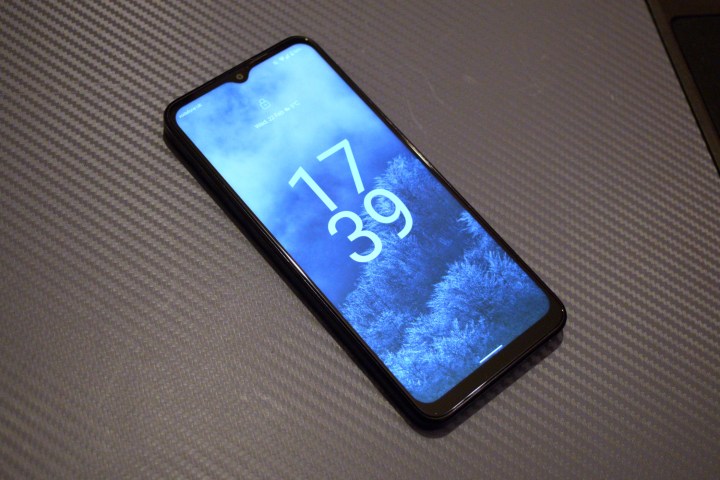
The Nokia G60 5G’s display is very good for the price. It’s a 6.58-inch IPS LCD panel, so it doesn’t have the deep blacks and vibrant colors of an OLED display, but it does have a 1080p resolution, and — astoundingly — a 120Hz refresh rate. This is a great addition, and it helps take the phone’s performance to a whole new level with some silky smoothness.
There’s a teardrop notch at the top of the screen, which is protected by Gorilla Glass 5. The display’s brightness is the only real flaw. It’s only rated at 400 nits, and while it’s bright enough most of the time, it struggles in bright sunlight. It’s still bright enough to be seen, just not as bright as we might like. That’s a very small flaw on an otherwise excellent display, though.
Nokia G60 5G: performance
I didn’t expect much performance from a budget device, but the Nokia G60 surprised me. The phone is powered by the Qualcomm Snapdragon 695 5G, and it’s excellent. I tested out a number of games, including Marvel Snap, Shadowgun: Legends, and Call of Duty: Mobile (with HD textures) — and all of them ran smoothly with no lag and no obvious buildup of heat on the body. While we wouldn’t call the Nokia G60 a gaming phone by any means, the combination of a strong processor and a 120Hz display means it’s a good budget device for mobile gamers.
It is hampered by a low amount of RAM, though. The model I reviewed has just 4GB of RAM, and it really shows. Swapping between apps often results in lag, and it can take whole seconds to open some apps if they’re particularly intensive. Having just 4GB of RAM does hold the otherwise strong performance back, and there’s an international 6GB version that may hold up better. If you get the 4GB version, I would recommend restarting the device regularly, as I noticed definite improvements with regular restarts.
There’s a 4,500mAh battery inside the Nokia G60 5G that can last two days on a single charge. On days where I spent the majority of my time at a desk, using the phone largely for checking messages and TikTok sessions while making coffee, the device sat at about 75% by 5 p.m. On more rigorous days spent testing the camera, watching videos, streaming live radio, using TikTok, and playing games, the Nokia G60 5G always got through the day with battery to spare. On average, more demanding days saw the battery sitting at 30% by 11 p.m. With careful use, I can see this battery lasting two days.
Recharging is capped at 20 watts, and while that isn’t going to challenge the OnePlus 11’s 85W charging, it’s a respectable speed at this price, and (amusingly) the equal of the iPhone 14’s max charging speed. Charging from 15%, it took about two hours to get back to full. That’s far from the fastest we’ve tested, but also more than respectable for such a cheap smartphone.
Nokia G60 5G: software
The Nokia G60 runs Android 12 in the guise of Android One. For the unfamiliar, Android One is a version of Android specifically tuned for lower-powered devices, so it fits perfectly with this phone — in theory. In practice, I came across a good number of issues that bothered me throughout my time with the Nokia G60. Bugs were fairly common, including pop-up windows for the volume controls not going away by themselves and notification bars staying open during games. I also caught the volume going down by itself when playing on the speaker. I couldn’t figure out whether this was a bug or a feature, but it annoyed me throughout my use of the phone, and I couldn’t figure out how to turn it off.
Automatic app closing is also extremely aggressive, likely due to the low amount of RAM. I noticed a lot of background apps being closed, even without a large number of other apps running. More than a few times, I would pause Pocket Casts, only for the app to be immediately dumped by Android One, so I wouldn’t be able to start it again from the notification shade. It’s a small inconvenience, but bothersome — especially if you have to wait a few seconds for the app to restart.
HMD Global offers three operating system upgrades from the launch of the Nokia G60 5G, which is a solid promise and takes the phone all the way to Android 15. Unfortunately, it’s already an Android version behind. Android 13 launched in August 2022, and there seems to be no sign of an Android 13-flavored version of Android One yet. That sort of lag between updates isn’t uncommon with Android, but it’s particularly galling when the OS in question is about as direct from Google as it can be. I’m not sure where the holdup is, but it’s irritating that the Nokia G60 remains not updated so many months after a major release.
Nokia G60 5G: camera
- 1. The Nokia G60’s main lens
- 2. The Nokia G60’s ultrawide lens
The Nokia G60 5G was never going to beat the top options in our best camera phones roundup, but it puts up a good fight, despite some drawbacks. The most obvious of these is that two of the three lenses are largely there for show. The 5-megapixel wide-angle lens produces mediocre shots. Details around the edges are blurred and noisy, even in optimal lighting conditions, while even the center lacks the crispness you’d get from a better ultrawide lens.
In the right lighting, you might get away with them on non-image-focused social media, but it’s otherwise a lens worth avoiding. The 2MP depth sensor, too, is just there to complement the main lens and doesn’t do much by itself. Thankfully, the main lens is good and makes up for many of these shortcomings.
The main lens weighs in at 50MP, and it’s definitely where the focus of this camera lies. Given the right lighting, it can take some good photos, but they rarely have the punchy colors you get from a Samsung smartphone. Instead, colors are more on the realistic side, and details come out well in most circumstances. With a little editing in Snapseed, you could bring out the colors and change good pictures to great pictures.
More challenging lighting does pose a problem for the Nokia G60’s camera, though. Nighttime photos are muddy and a little blurred, and it can also struggle to balance strong sunlight without HDR mode. That’s only really a problem with portrait mode, where the automatic HDR mode isn’t quite as reliable. Toggle it on and leave it on.
Portrait mode can be a little hit-and-miss in the fine edge detection, but it’s good overall. The selfie lens is solid, and while you can see a few missed areas around the top of my hair (above left), the overall quality is good. The picture of the sculpture (above right) shows where the edge detection has a few issues, missing some big areas. It was a challenging shot for any phone that uses edge detection, though, so I’ve cut it some slack.
The Nokia G60 5G may be nowhere near the quality of a device like the Google Pixel 6a, but it’s a standout in a price bracket where phones often struggle to provide good imagery at all. Ignore the ultrawide lens and get familiar with some editing software, and you’ll find a surprisingly good camera phone for the money here.
Nokia G60 5G: price and availability
The Nokia G60 5G is available in the U.K., with prices starting from 250 British pounds. Unfortunately, it hasn’t been made fully available in the U.S., but you can import it — but not without some additional cost. It’s typically available on Amazon for $359 for the 128GB/6GB variant (on sale now for $337), which may help with the RAM issues I experienced. Unfortunately, it puts it against some tough competition. The Google Pixel 6a starts at only $90 more, and can often be found for a very competitive price now. And it seems likely that the Pixel 7a is on its way soon.
Nokia G60 5G: verdict
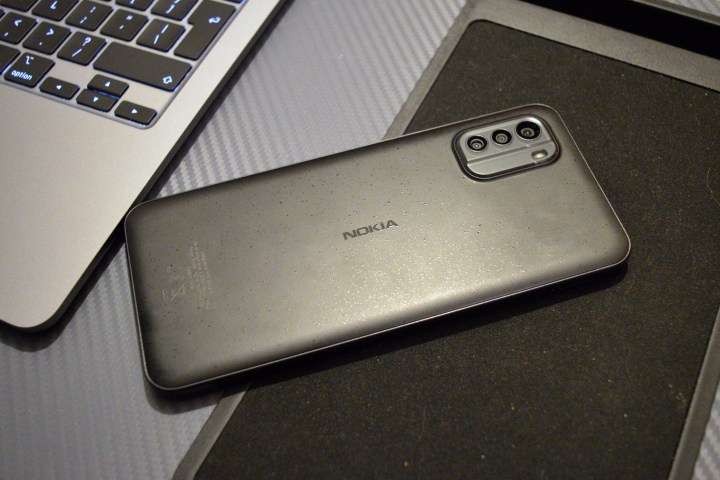
In order to reach a lower price point, budget phones often have to make compromises, and the Nokia G60 5G is no different. What’s important when shopping for a budget phone is knowing which compromises you’re willing to make. The Nokia G60 5G is a deceptively powerful device, with good battery life, an excellent display, and a capable camera. But to get those qualities into a budget device, you’ll have to put up with some seriously lacking RAM, a camera suite that’s effectively a single-lens setup, and some unfortunately dodgy software.
The RAM issues are hopefully remedied in the 6GB variant available in the U.S., but that version does come with an increased cost — and as we mentioned earlier, that means the Nokia G60 5G moves into some dangerous waters. With a retail price of less than $100 more, the Google Pixel 6a is a much stronger smartphone, with a distinctive and unique design, a flagship processor, and an exceptional camera. If you can stretch to $100 more or are content to wait for sales, the Pixel 6a is a strong alternative.
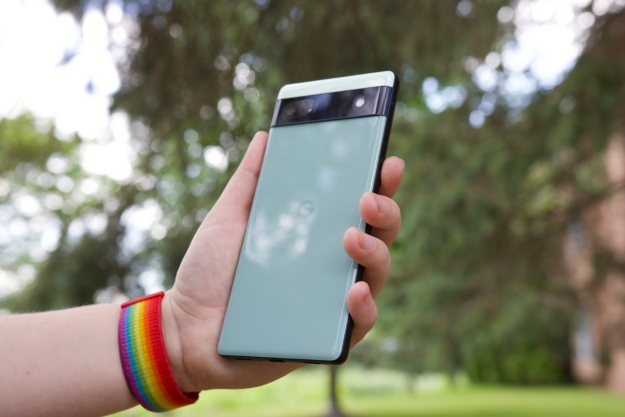
Otherwise, if you’re looking for something more in line with the Nokia G60’s starting price in the U.K., then take a look at the OnePlus Nord N300 5G. It offers a similar package to the Nokia G60, with a slightly reduced display refresh rate, but an increased battery size and charging rate. It’s also similar-looking, making it a solid alternative for the sub-$250 market.
All elements considered, the Nokia G60 5G is a solid budget 5G smartphone. The low RAM and software issues are annoying, but they’re easy enough compromises to deal with when you consider the strong processor, excellent display, and solid battery life. The Nokia G60 5G is a good budget device that’ll appeal to budget gamers and the value-conscious alike, and it’s worth looking at — if the price is right.
Editors' Recommendations
- T-Mobile’s huge lead in 5G speeds isn’t going anywhere
- Nokia’s newest Android phone has an unbelievably cool feature
- If you like cheap phones, you’ll love these 2 new Moto G options
- T-Mobile’s 5G is still unmatched — but have speeds plateaued?
- Moto G Power 5G adds a flagship feature to a budget phone
